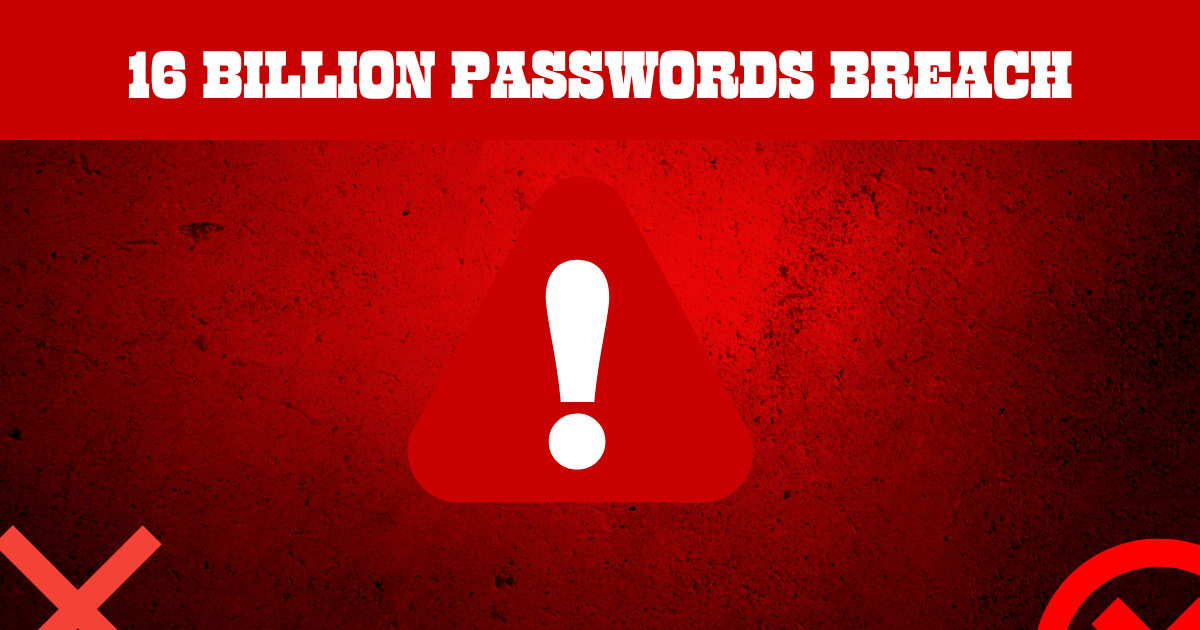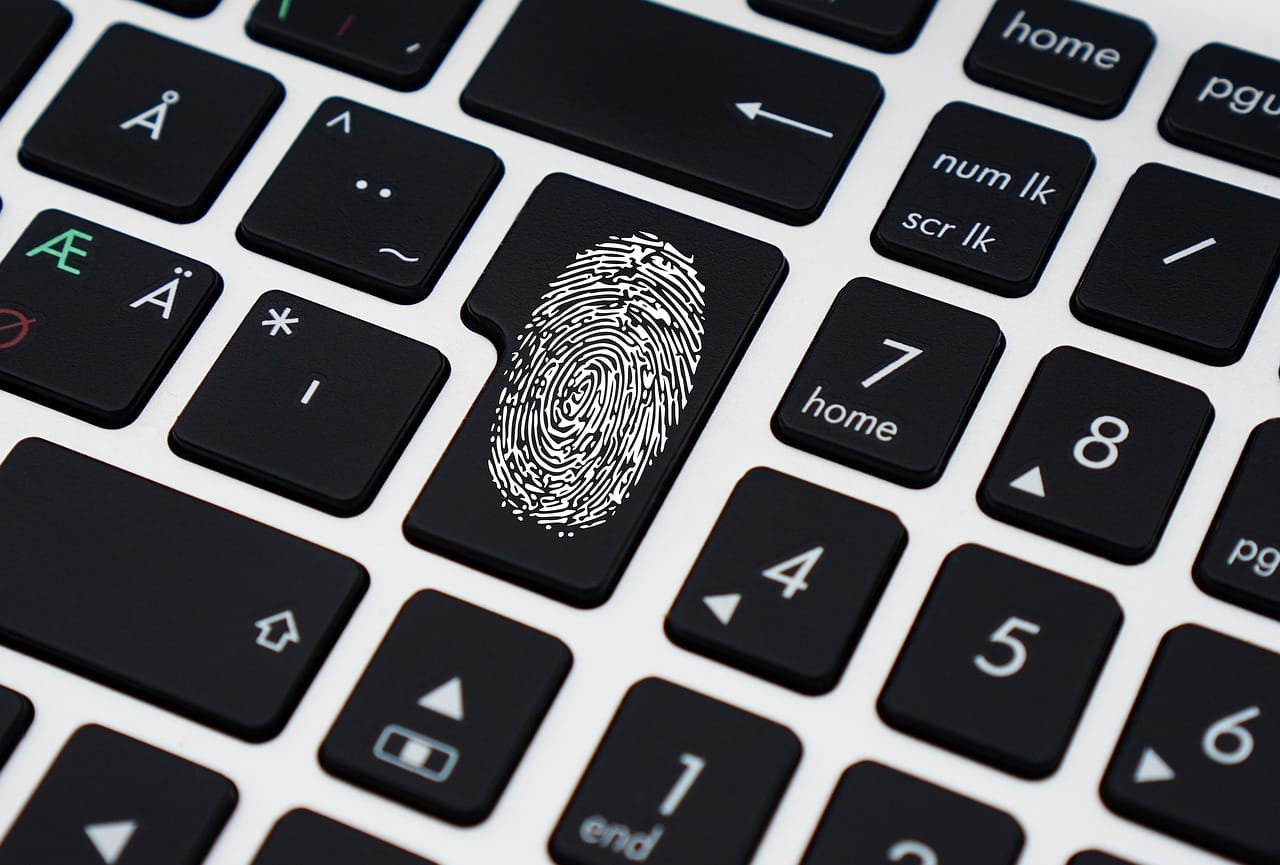16 Billion Credentials Leaked: What the Largest Data Breach in History Means for You
TechSquad Daniel | Posted on |

If the May 23 report of 184 million leaked credentials was alarming, the latest discovery is downright staggering. Cybersecurity researchers have confirmed a record-breaking leak of over 16 billion login credentials, making it the largest credential leak in history.
This isn’t just a recycled dump of old data it’s a fresh, structured, and dangerous collection of stolen information that could impact millions of users worldwide.
According to Vilius Petkauskas at Cybernews, who says researchers have been investigating the leakage since the start of the year, “30 exposed datasets containing from tens of millions to over 3.5 billion records each,” have been discovered. In total, Petkauskas has confirmed, the number of compromised records has now hit 16 billion. Let that sink in for a bit. These collections of login credentials, these databases stuffed full of compromised passwords, comprise what is thought to be the largest such leak in history.

What Caused the Leak?
The breach is believed to be the result of multiple infostealer malware campaigns. These malicious programs silently extract sensitive data like usernames, passwords, credit card numbers, and browser information from infected devices. Researchers found the stolen data scattered across 30 different datasets, many of which had never been reported before.
The 16 billion strong leak, housed in a number of supermassive datasets, includes billions of login credentials from social media, VPNs, developer portals and user accounts for all the major vendors, apparently.
Remarkably, we are told that none of these datasets have been reported as leaked previously, this is all new data. That has been contested by some cybersecurity professionals, but whatever the truth of the matter it remains a huge cause for concern.
Why This Leak Is Different
Unlike older breaches that often recycle outdated or fragmented data, this newly uncovered dataset is fresh, meticulously organized, and alarmingly comprehensive. It contains login credentials from some of the world’s most widely used platforms including Apple, Google, and Facebook as well as sensitive access to corporate tools and enterprise systems.
This isn’t just a data leak; it’s a treasure trove for cybercriminals. With this kind of access, attackers can orchestrate account takeovers, impersonate victims for identity theft, craft highly targeted phishing campaigns, and even engage in corporate espionage. The scale and precision of this breach elevate it from a typical cybersecurity incident to a full-blown digital crisis.
How to Protect Yourself Right Now

Here are immediate steps you should take to secure your digital life:
- Change your passwords—especially reused ones
- Enable multi-factor authentication (MFA) on all accounts
- Use a password manager to generate and store strong, unique passwords
- Monitor your accounts for suspicious activity
- Stay informed with cybersecurity alerts
Why You Should Switch to Passkeys
Security experts like Rew Islam of Dashlane and the FIDO Alliance are urging users to ditch passwords for passkeys—a more secure, phishing-resistant login method.
“Passkeys aren’t a nice-to-have, they’re essential to protecting users.” — Rew Islam
Major platforms like Facebook, Apple, and Google now support passkeys.
Final Word from TechSquad
The largest credential leak in history is more than just a headline—it’s a call to action. Whether you’re an individual or a business, now is the time to:
TechSquad is your trusted partner every step of the way.
Stay protected with TechSquad!

TechSquad Daniel
